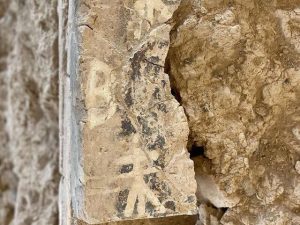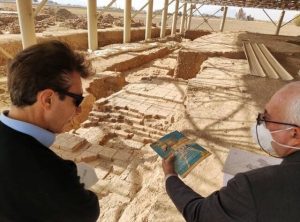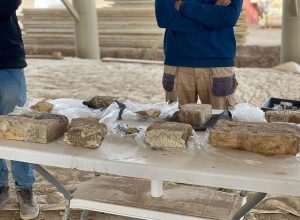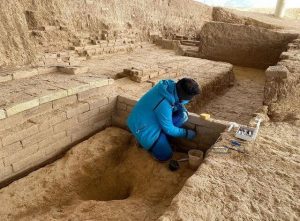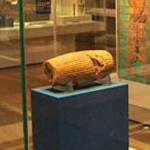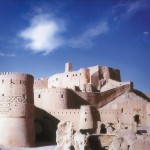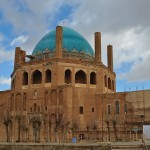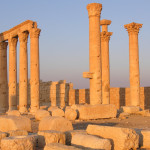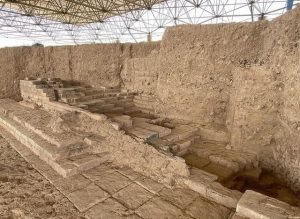 According to local Iranian news agencies, another chapter of the joint archaeological excavations of the Iranian and Italian archaeologists in the ancient site of “Tol-e Ajori” in the city of Perse has been completed.
According to local Iranian news agencies, another chapter of the joint archaeological excavations of the Iranian and Italian archaeologists in the ancient site of “Tol-e Ajori” in the city of Perse has been completed.
Alireza Askari Chavardi, the head of the Iranian Archaeological Board, declared this chapter of archaeological excavations and collaboration as focusing on “identifying the foundations of two large towers on the southeast and southwest sides of this historic gate,” and added that “this large and magnificent building has now been located in the Turquoise Garden area, about 3.5 km northwest of Takht-e Jamshid.”
According to the archaeologists, during this part of the excavations, the plan of this historical monument has appeared more and more akin to the Ishtar Gate of Babylon, in which new and original features such as the clay and mud cores of the brick walls have been revealed.
The head of the Iranian Archaeological Board also said, “In this recent chapter of excavations, fragments of cuneiform inscriptions in Babylonian and Elamite languages, along with prominent glazed bricks belonging to paintings with the motifs of bulls and the snake-like symbol of the god Marduk from ancient Mesopotamia have been obtained from the area.”
In spite of the reveal of these great findings, the Iranian people and even journalists are unaware of how these historical artifacts are to be protected and whether they will actually be preserved by Iranian authorities, as is the case over the last few decades since the Iranian revolution.

